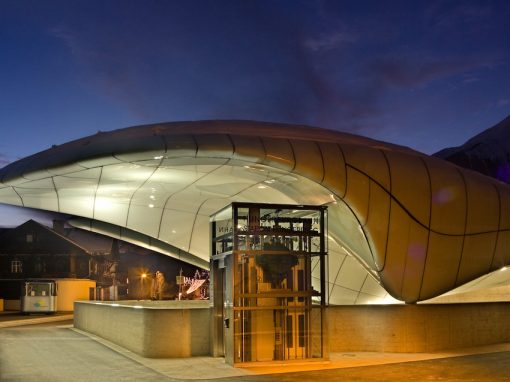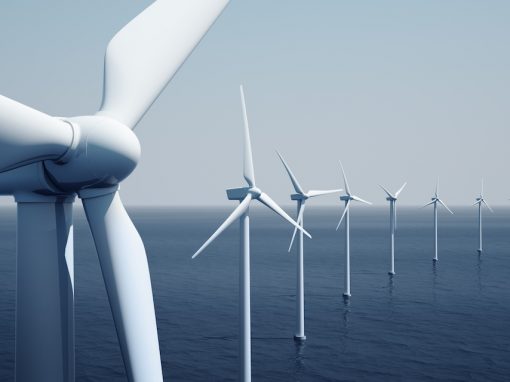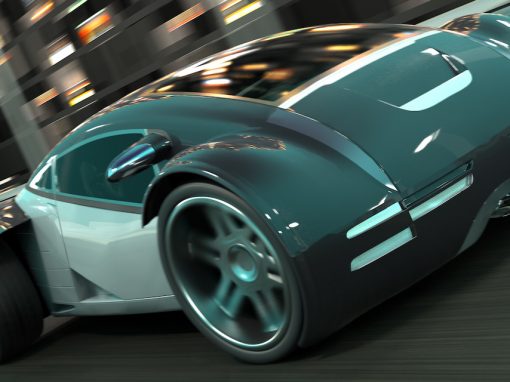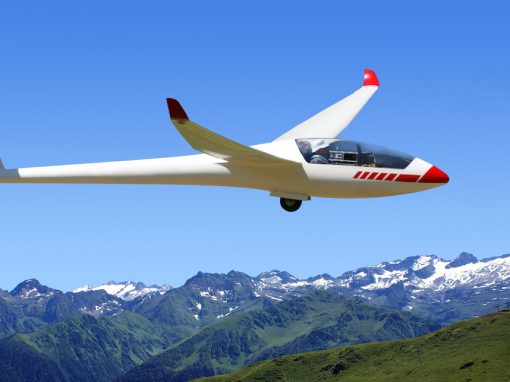MARINE
Composite materials are widely used in the marine sector where they are used to manufacture lighter, faster, longer lasting and more efficient vessels. Yacht and ship builders typically employ a wide range of composite materials and manufacturing processes depending on the intended use of the vessel. The MEL Composites technical department has extensive marine experience and can advise on the most appropriate solutions for all types of craft.
- Racing yachts and motorboats use high strength low weight composites to create the lightest, stiffest structures that maximise performance for events like sailing’s America’s Cup. Carbon fibres and prepreg materials are common in these applications.
- Patrol boats, landing craft, coast guard and customs boats demand high speed and highly resistant constructions that require robust materials and advanced construction techniques.
- Leisure craft, both sail and motor powered, typically require more economical materials that are durable and resistant to osmosis.
- Composites can help submarines resist massive underwater pressures as well as making them harder to detect by radar.
- LNG tankers can use lightweight core materials to insulation liquid gas tanks.
- Composites are perfect for small craft such as dinghies, kiteboards, surfboards, kayaks, canoes and rowing boats.
- Commercial vessels such as fishing, rescue, passenger transport and semi-rigid boats benefit from the low maintenance requirements of composite structures.
High-speed boats require extremely light materials that are at the same time highly resistant to impact. The increased ductility of Aircell PVC foams makes them particularly suitable for use in these types of vessels.
In general, a sandwich-type construction provides greater rigidity and lower weight that can translate into lower fuel consumption, greater autonomy or increased load capacity, creating a more economical and profitable boat.








